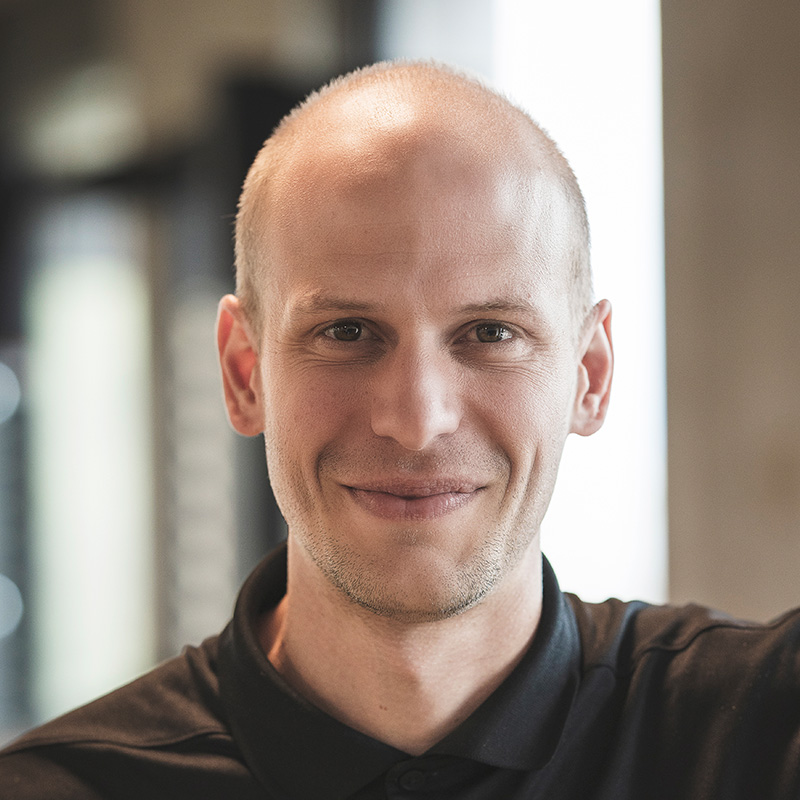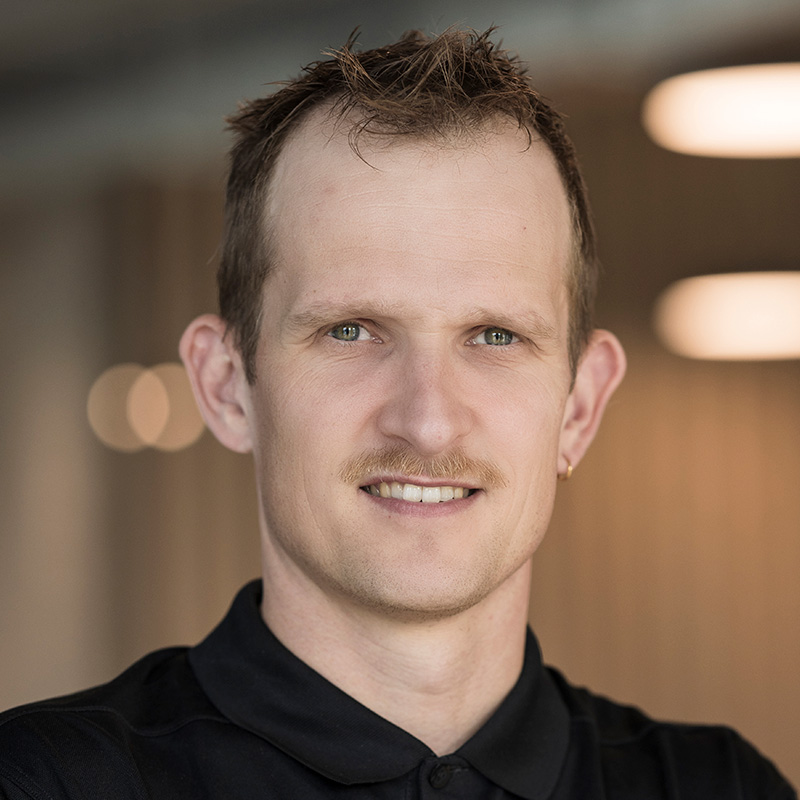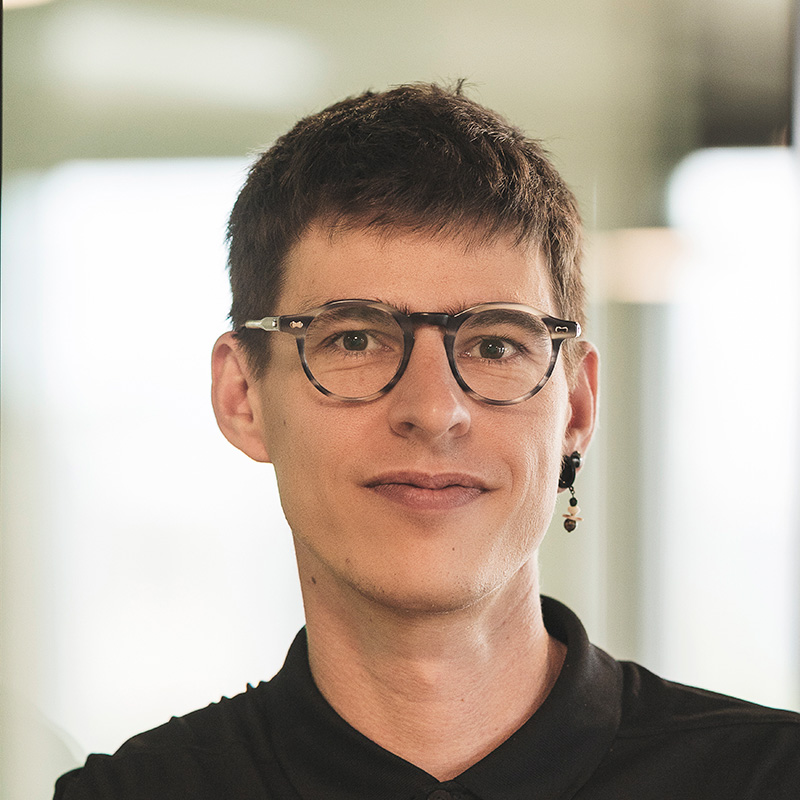At the Volodalen laboratory, a hub of sports science innovation, researchers and engineers meticulously study sports movements, emphasizing both physical and motor qualities. Their work is focused on practical application, merging objective data with athletes’ personal experiences, and exploring the synergy between physical and mental dynamics. The mission is clear : to elevate performance, prevent injuries, and guide each individual in mind and motion toward their optimal potential.

Cyrille GINDRE
Cyrille is the CEO of Volodalen. He obtained a Ph.D. in sports biomechanics at the University of Reims Champagne-Ardenne, France, in 2009. He is the inventor of the concept of Motor Preferences. Today, he develops all the new concept adopted by Volodalen and trains health and sports professionals to use Motor Preferences in their practice.

Thibault LUSSIANA
Thibault obtained a Ph.D. in sports biomechanics at the University of Besançon, France, in 2016. He conducted the first research study based on Motor Preferences. Today, he coordinates the scientific studies carried out at Volodalen and trains health and sports professionals to use Motor Preferences in rehabilitation and sports training.
Thesis : Terrien et Aérien, concept, validation et implications

Bastiaan BREINE
Bastiaan obtained a Ph.D. in health sciences in 2015 at the Ghent University, Belgium. He has over ten years of experience in biomechanics research for international sports companies such as Mizuno, Nike, Skechers and Decathlon. For the last four years he is part of the Volodalen research team and is responsible for the coaching of endurance athletes.
Thesis : Initial foot contact patterns in shod running, relationship with speed and impact intensity.

Aurélien PATOZ
Aurélien obtained a Ph.D. in sports biomechanics at the University of Lausanne, Switzerland, in 2023 and a Ph.D. in theoretical chemistry at the polytechnic school of Lausanne in 2017. He is data scientist at Volodalen and his mission involves developing algorithms to measure the running biomechanics using inertial sensors.
Volodalen Lab is a movement laboratory located in Crissier (Switzerland), specializing in movement analysis and personalized training. For over 25 years, Volodalen has been developing a knowledge and training system that enables a deep understanding and respect for each individual’s motor and energy preferences. This approach has proven effective at the highest level. It applies to all sports and, more broadly, to any form of exercise that supports our progress, health, and well-being.
Today, Volodalen is the world leader in the concept of motor preferences and provides training programs in both France and Switzerland. In addition, a team of researchers, engineers, sports professionals, and healthcare specialists is advancing Volodalen’s expertise through scientific research in the field of movement analysis.
With the goal of broadly sharing knowledge about motor preferences and training future sports professionals as accurately as possible, Volodalen has created a personal training program. By designing this course, the Volodalen lab addresses not only the common challenges people face after traditional training programs, but also one of the greatest difficulties in coaching: personalizing training.
Recognized as a global leader in the study of motor preferences, Volodalen provides an extensive collection of scientific publications, alongside resources tailored for the general public.